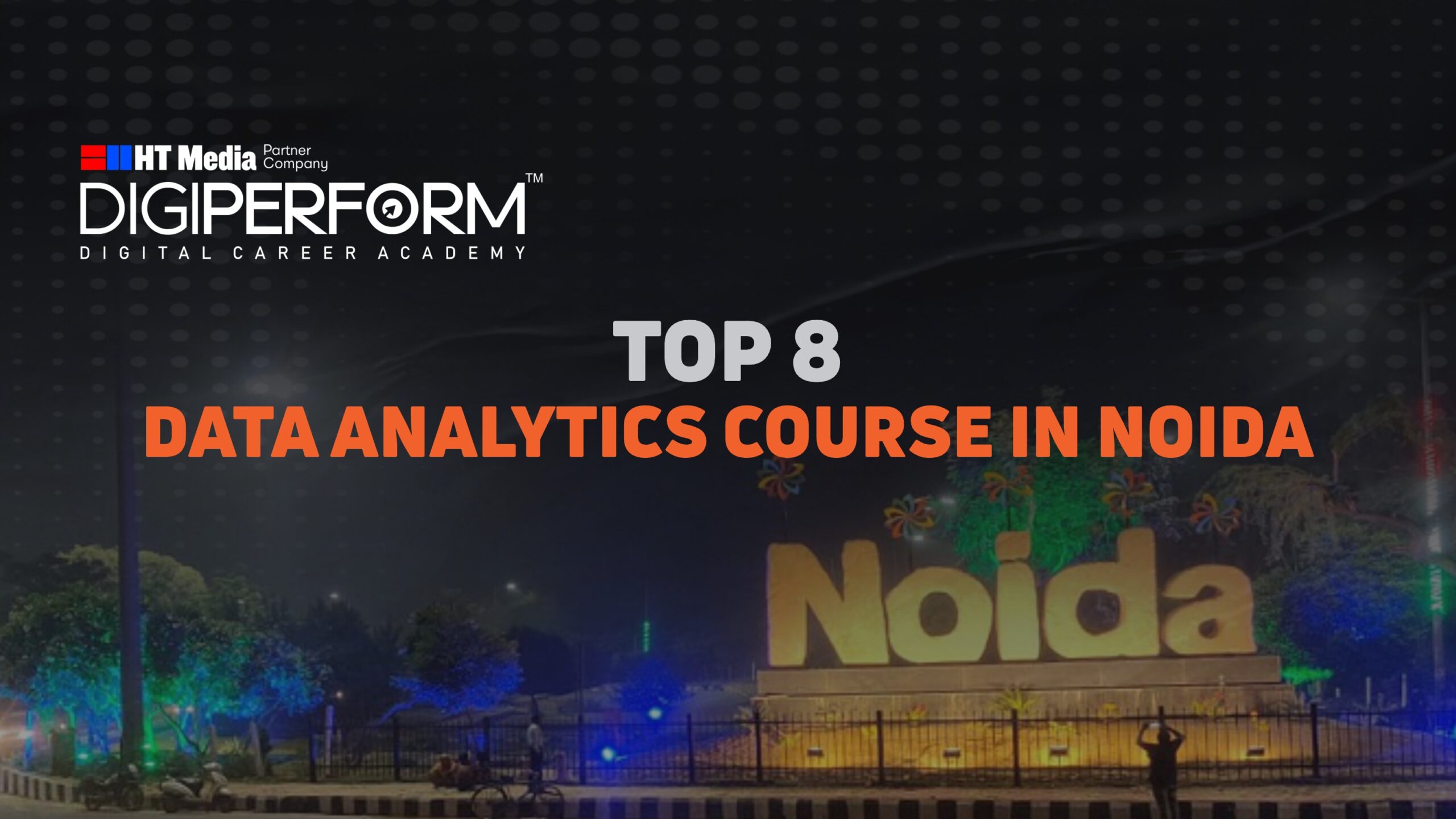Master
Data Science Courses
India’s Only Data Science Training Program created to help you to build a successful career in Data Science from scratch.
Top 5 AI Coding and Data Analysis Tools
In the future, there are going to be two types of people, people who know how to use AI and people who are left behind because they didn’t want to invest time in learning AI. Generative AI is the skill of the future and you don’t want to be left behind. So in this Article, we’re going to explore the top 3 AI tools that you can use for coding and data analysis, and more.
Think of generative AI as having a personal assistant, which allows you to be smarter and more efficient with your time.
1. Chat GPT:
Without a surprise the number one generative AI tool on the list is ChatGPT. It is the goat of all tools. ChatGPT can generate new code, debug existing code, write text, and even do data analysis for you. With the latest launch of Chat GPT code interpreter, you can input raw data into Chat GPT and it will create basic analysis and data visualizations for you, which is pretty neat.
There is no generative AI tool that is able to do that. If you want to do data analysis and coding, definitely take a look at chat GBT and learn how to use this tool. There are obviously some limitations to Chat GPT. The number one downside to Chat GPT is the data is old. It is trained on data up to 2021, which means it doesn’t have the latest Internet data.
Another limitation of Chat GPT is that the code interpreter plugin is only available to paid subscribers and it’s not available for free. Although the code interpreter is a very neat idea, it is not practical.
2. Claude AI:
The second tool on the list is Claude AI. This is a brand-new tool. Similar to Chat GPT, it can also write code and gender text. But a bonus is that you can upload files to Claude AI PDF, Excel files, and CVS, and it will analyze them for you, which is the coolest part because it is available for free, unlike the code interpreter. This is why it’s number two on the list, because it can do everything chat GPT can, plus it has a built-in code interpreter. It’s not as great as the paid version of code interpreter, but it is pretty neat.
3. Pecan AI:
No, you don’t have to be a data scientist or a machine learning engineer to build predictive models. This tool is specifically designed for people who are non-data scientists and non-machine learning engineers. That is specifically designed for data analytics and machine learning projects. Pecan AI uses machine learning to automatically build and deploy predictive models without the need for data scientists.
For example, let’s say you want to predict customer churn rate with Pecan AI you can achieve this with a few clicks without having a data scientist. All you need is basic understanding of the problem you are trying to solve and the data you’re working with. It’s easy to use, can be scalable to large data sets, and builds accurate predictive models
4. Bard AI:
It is integrated with Google tools such as Google Colab, Gmail, Google Docs, Google Drive. It can write new code, debug and modify existing code, write documentation, and lets you export your code to Google Colab with just one click. I also really like that it’s connected to the Internet and you get up to date information with links and images from the Internet, which makes it more than just a text based AI tool.
5. Genie AI and Tabnine
In this section we are going to be mentioning two plugins that you should try out. Both of these plugins are available in vS code, which is a code editor by Microsoft. Those two plugins are Genie AI and Tabnine. Both of these plugins are available for free, you write your generative AI prompt inside the code editor inside the VS code write new code, and edit existing code within the code editor, which is what makes it neat.
You don’t even have to leave the window to work with AI, so definitely install these two plugins and play around with them. They are pretty solid and pretty handy and less copy-paste if your coding is your primary purpose of using generative AI.
Conclusion:
These are the top 5 generative AI tools and plugins that I wanted to mention for data analysis and coding. If you haven’t used them yet, Get your hands on one of these tools and start using them in your day-to-day activity. I hope you like all the information we have given you in this article.
Before I end, I would like to say that if you Want to make a career in the Data Science field you can do an Online Data science course (Master Certification Program in Analytics, Machine Learning, and AI) from Digiperform. India’s Only Most Trusted Brand in Digital Education
In this Data science online course You will solve 75+ projects and assignments across the project duration working on Stats, Advanced Excel, SQL, Python Libraries, Tableau, Advanced Machine Learning, and Deep Learning algorithms to solve day-to-day industry data problems in healthcare, manufacturing, sales, media, marketing, education sectors making you job ready for 30+ roles.
And to get your dream job Digiperform’s dedicated placement cell will help you with 100%* placement assistance.
FAQs:
What are some popular AI tools for coding and data analysis?
Some popular AI tools for coding and data analysis include TensorFlow, PyTorch, Scikit-learn, Jupyter Notebooks, and Apache Spark.
How do AI tools assist in coding tasks?
AI tools aid in coding tasks by providing features like code completion, syntax highlighting, error detection, and even suggesting optimized algorithms or solutions for specific problems.
Can AI tools help in automating data analysis processes?
Yes, AI tools like IBM Watson Studio, Google Cloud AutoML, and Microsoft Azure Machine Learning enable automated data preprocessing, feature selection, model training, and evaluation, streamlining the data analysis workflow.
Are there AI tools specialized in natural language processing (NLP) for coding and data analysis?
Yes, libraries like NLTK (Natural Language Toolkit), SpaCy, and Gensim leverage AI techniques to analyze and process natural language text, which can be beneficial for tasks such as sentiment analysis, text summarization, and document classification in coding and data analysis projects.
How do AI tools facilitate data visualization and interpretation?
AI-powered tools such as Tableau, Power BI, and Plotly offer advanced data visualization capabilities, allowing users to create interactive charts, graphs, and dashboards that help in visually exploring and interpreting complex datasets during coding and data analysis tasks.











